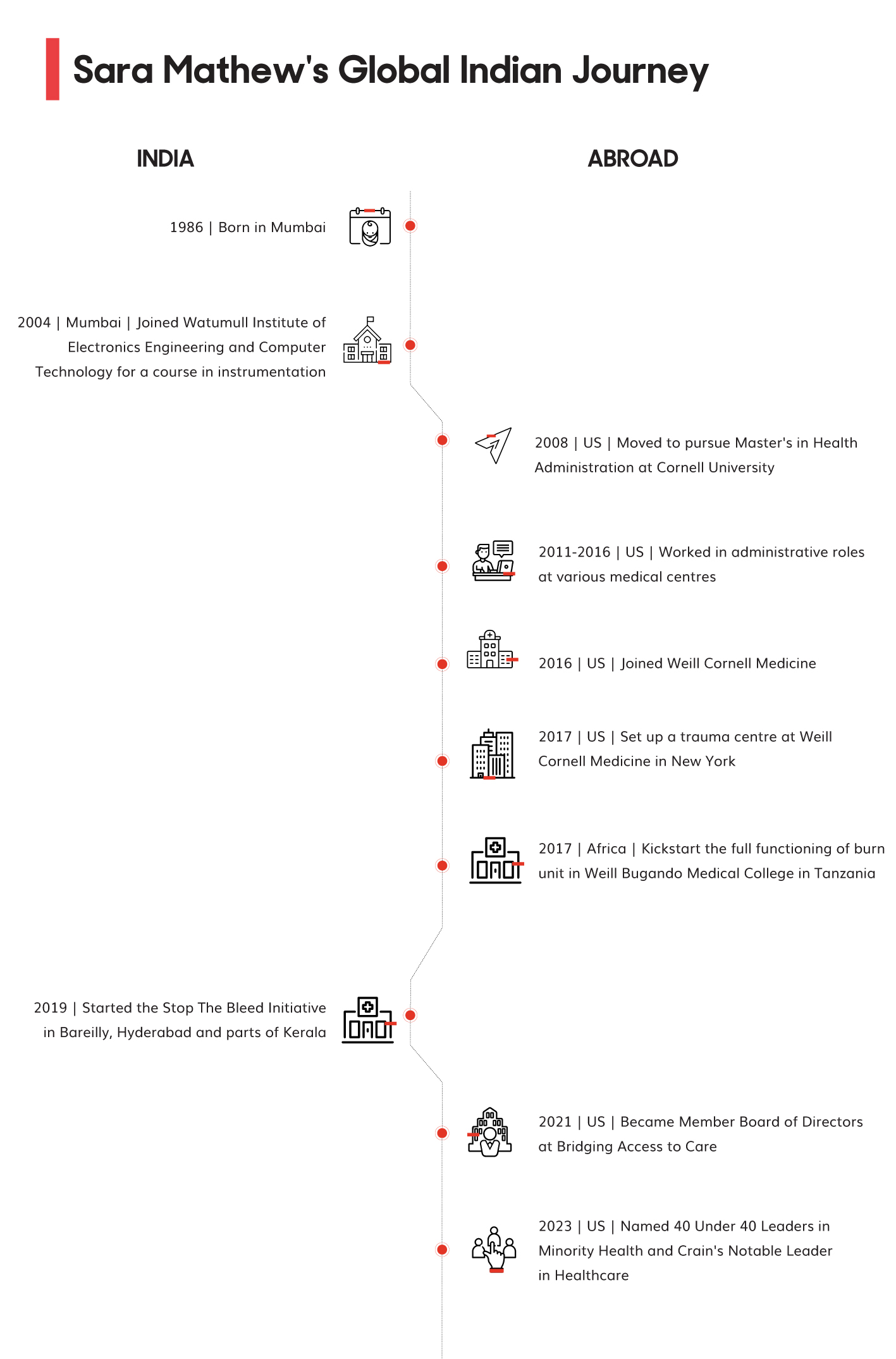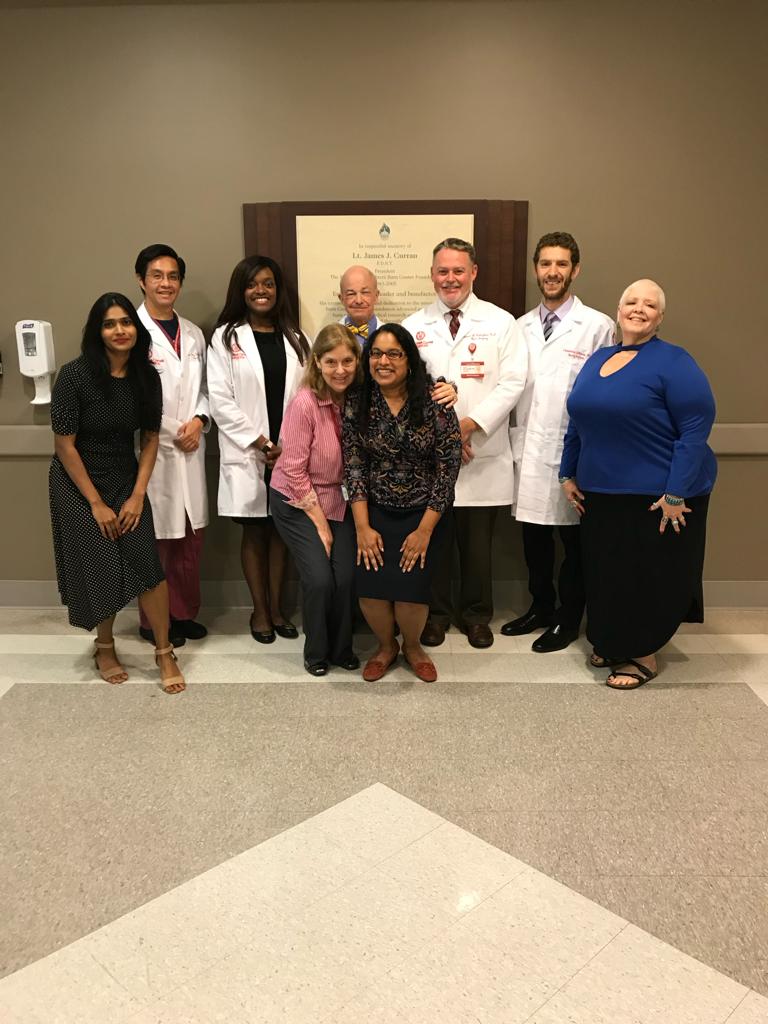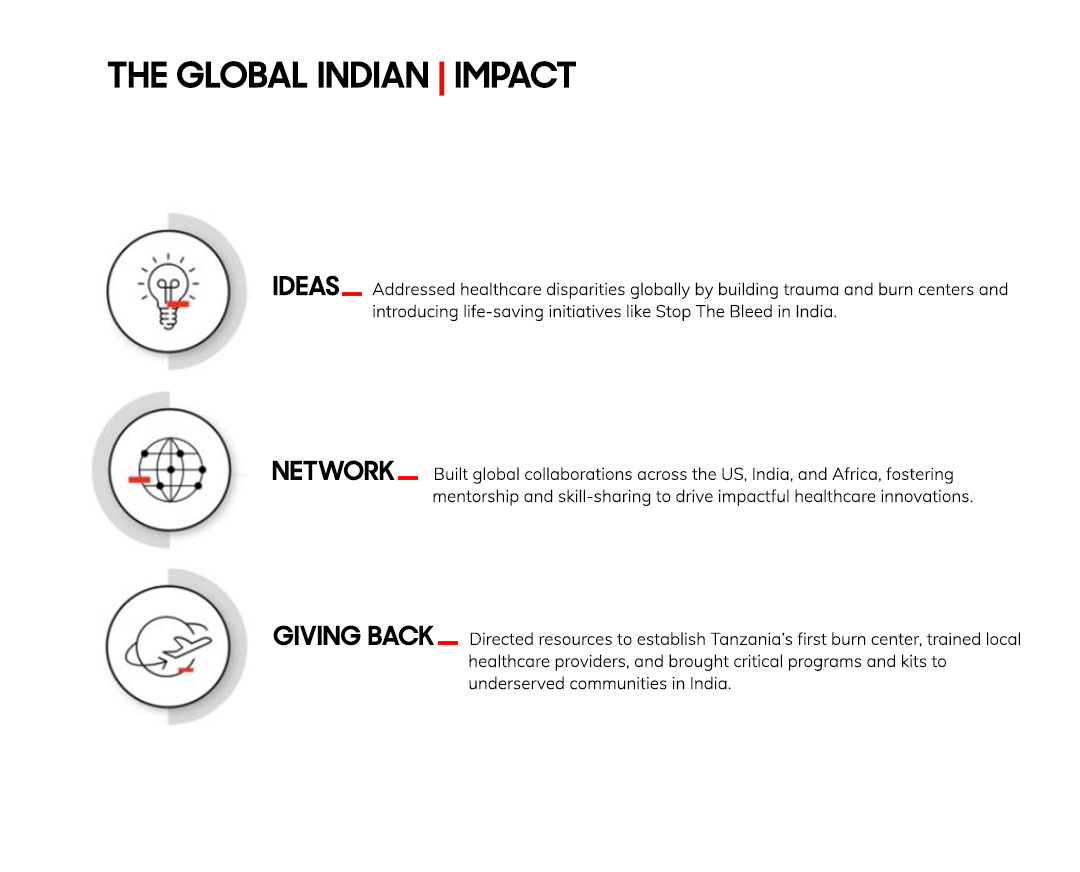(October 12, 2024) He came to India for a break; never left, but set up a dharmasala, a dental clinic and now, Luigi Avarelli runs a successful business making varieties of authentic Italian cheeses.
Listening to Luigi Avarelli discuss how he runs his cheese business is a lesson in integrity, passion, and ethics. He lives on the outskirts of the Sathya Sai Baba Ashram in Puttaparthi, Andhra Pradesh. He’s been here since 1999 and tells Global Indian in an exclusive, how his tryst with India began. “I had been working for 16-17 hours every day for 23 years in Torino – but I am a native of Southern Italy – Cosenza. I was tired and needed a break. I came to the Sathya Sai Baba Ashram and stayed here. When I wanted to return, Baba told me not to go back and stay back in India. So I went to Italy, sold my business to my nephew and moved here permanently. My wife travels between India and Italy frequently.”
Drawn to Satya Sai Baba of Puttaparthi, Luigi Avarelli left behind a chain of successful restaurants in Milano, along with a bevy of sports cars, to begin a new spiritual lease on life. Today, his team works amid of whir of gleaming steel, operating top of the line machinery from Italy, with which they produce 500-600 kilos of cheese everyday. It’s priced anywhere between Rs 1200 and Rs 1800 per kilo. Avarelli’s cheeses make their way across the country to a list of top-tier clientele, including The Leela Palace, and Masque, in Mumbai. Even Mukesh Ambani is reportedly a fan of Avarelli’s burratta, and the giant white pyramid-shaped dome in his garden, caught the attention of Prime Minister Narendra Modi.
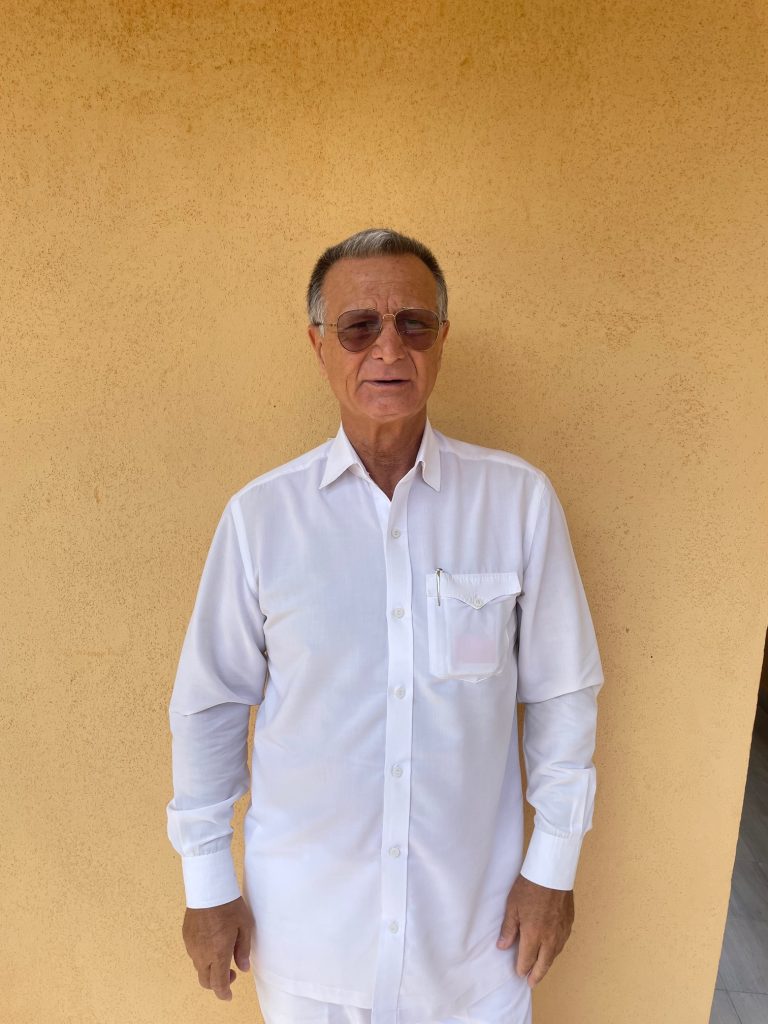
Italian cheesemaker Luigi Avarelli
Italian Cheese Made in India
When Luigi needed a break, he was working as a manager with a company, running his restaurant [he is also a chef] and is the third-generation cheese-maker in his family, which meant he was in the business of making cheese as well. On his return, after tying up loose ends in Italy, Luigi, with his friend Sai Krishna, decided to build a dharmshala. He says, “We built a dharmshala that provides food and accommodation at a nominal price to 600 people in support of the Super Speciality Hospital built by Sri Sathya Sai Baba. On Thursdays, we provide free food for all the poor in the surrounding area. Then in 2007-08, we built a dental clinic that would provide dental treatment to the poor for free.”
With no Trust funds or any NGO supporting his charitable efforts, he ran out of money in 2013. That is when he decided he had to do something sustainable. “I put my own money and built the structure where my cheese factory is. Sai Krishna helped with the land and I imported all the machinery from Italy.” To counter the heat of Andhra Pradesh, Luigi ensured the walls of the building were two feet thick. The company he set up is called Parthifoods and Caseificio Italia is the brand name under which the cheeses are made and sold.
As for the staff and ingredients, he sourced them locally. “I buy the milk directly from the local farmers and my staff can speak Hindi and Telugu. The vegetarian rennet for the cheese I import from Italy directly.”
Sweet Dreams are made of Cheese
The cheese range made by Luigi includes Mozzarella, Ricotta [low in fat and sodium, it is recommended for low-cal diets and is used to make Neapolitan pastries, Cassatas and Sicilian Cannoli]; Bocconcini and Ciliegine, [both of these are used for salads and appetisers] Mascarpone [excellent for cheesecakes and Tiramisu], Mozzarella “Fior Di Latte” [made from cow’s milk and predominantly used to make a Caprese and pizzas], and Burrata, a product typical of Southern Italy.
I ask why Parmesan cheese is excluded from his list and he explains, “There is no authentic Parmesan cheese in India. In Italy, Parmesan comes from two regions, Parma and Reggio Emilia, in Central Italy: the accurate phrase is ‘Parmigiano Reggiano’. The cows there, the grass they eat, and the milk they produce cannot be replicated in India. What you get here is duplicate Parmesan if it is made here. That is why I do not make Parmesan cheese.”
I buy the milk directly from the local farmers and my staff can speak Hindi and Telugu. The vegetarian rennet for the cheese I import from Italy directly – Luigi Avarelli
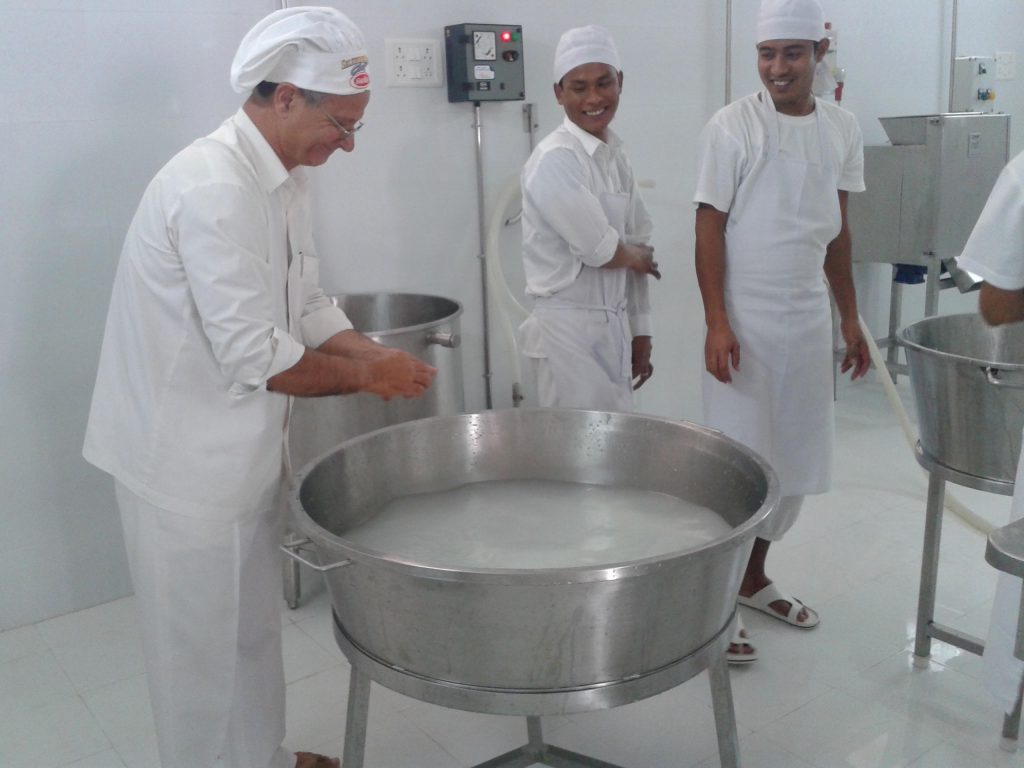
Luigi Avarelli at work. He supplies to some of India’s top restaurants and hotel including Araku in Mumbai and The Leela Palace
Several hotel chains including The Leela Palace and ITC Gardenia were his clients when he started. While the former still buys their cheese from him, the latter no longer does – a fact he attributes to the changing staff who come with their preferences. However, he has other hotel groups like the Taj and the Oberoi and smaller restaurants and pizzerias buying his cheese in cities like Bengaluru, Chennai and even Hyderabad. When he started, he would personally teach the chefs how to use the cheeses with authentic Italian dishes that best showcased them.
When Luigi started, he was making 30 to 40 kilos of cheese a day in 2014. Today, his factory makes 500 to 600 kilos of cheese every day, all year round. The packaging is kept simple and functional. Depending on the cheese, the price ranges from Rs 1200 to Rs 1800 per kilo. He reiterates that his prices are based on the fact that his cheese is chemical-free, and ethically made with no shortcuts or compromise on the ingredient quality, it is completely natural and authentic. He owns temperature-controlled trucks, through which the cheese is transported with the temperature at a steady 4 degrees Centigrade. “How can cheese makers in India send cheese by train without any cooling? Plus, the cold storage trucks here are at -18 degrees which is too cold for cheese. Hence, I bought my trucks to transport the cheese the right way,” he states. When his business grew, Luigi brought in more machinery from Italy in 2016-17. He would like to expand his reach of customers but logistics are a challenge he says.
Luigi sends his trucks to Bengaluru twice a week and prefers to work with customers who understand the authenticity of his products and the value they add to their dishes. He says, “My goal is not only to make money; it is tough to work with those who don’t understand what I do. Other cheese brands will last a month or more, mine lasts for only one week.”
True Italian Style
With the cheese business keeping him busy, he still has several ideas for what he would like to do next. “I want to set up a food academy, where I can train people to make authentic Italian food. Here, no one has respect for genuine Italian cuisine. They want to add chilli and spices to everything, and ketchup on their pizza and if you give them the original, they say it is not good. People don’t understand that Italian food is different from Indian food and the spices are not the same. So, when I eat out, I eat Indian food, but if I want to have an Italian meal, I cook it myself.”
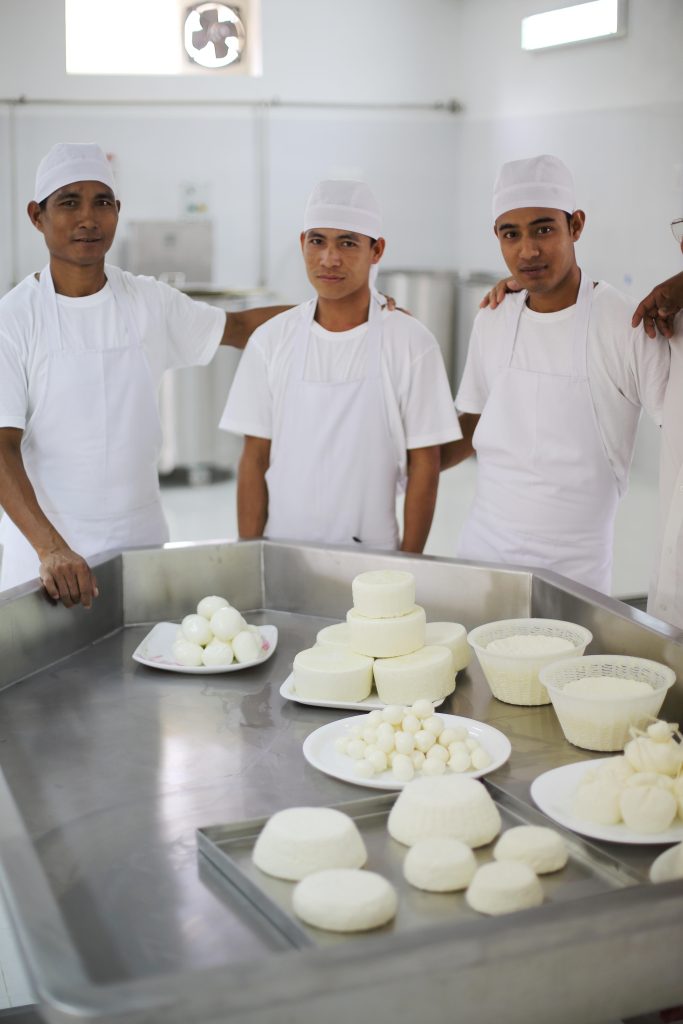
Luigi’s staff
The olive oil he uses to cook his food comes from the trees in his backyard in Italy. His commitment to authenticity shows in everything he does, not just in his products, but his personal life as well. Not surprising then, that only connoisseurs of true Italian cuisine buy his cheeses. And given the quantities he sells every day; it would appear there are quite a few. One can only hope he achieves his goal of setting up a food academy too someday, so people who love global cuisines can learn how to cook authentic Italian. Till then, they just have to make do with the real cheeses he makes.




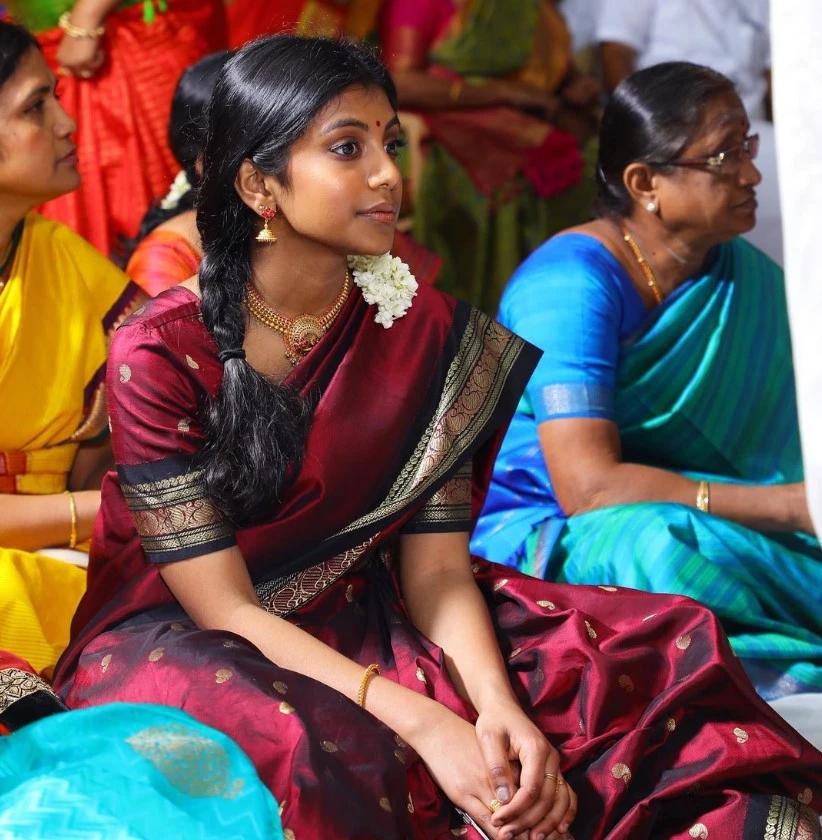
 Indian Actor | Charithra Chandran | Global Indian[/caption]
Indian Actor | Charithra Chandran | Global Indian[/caption]
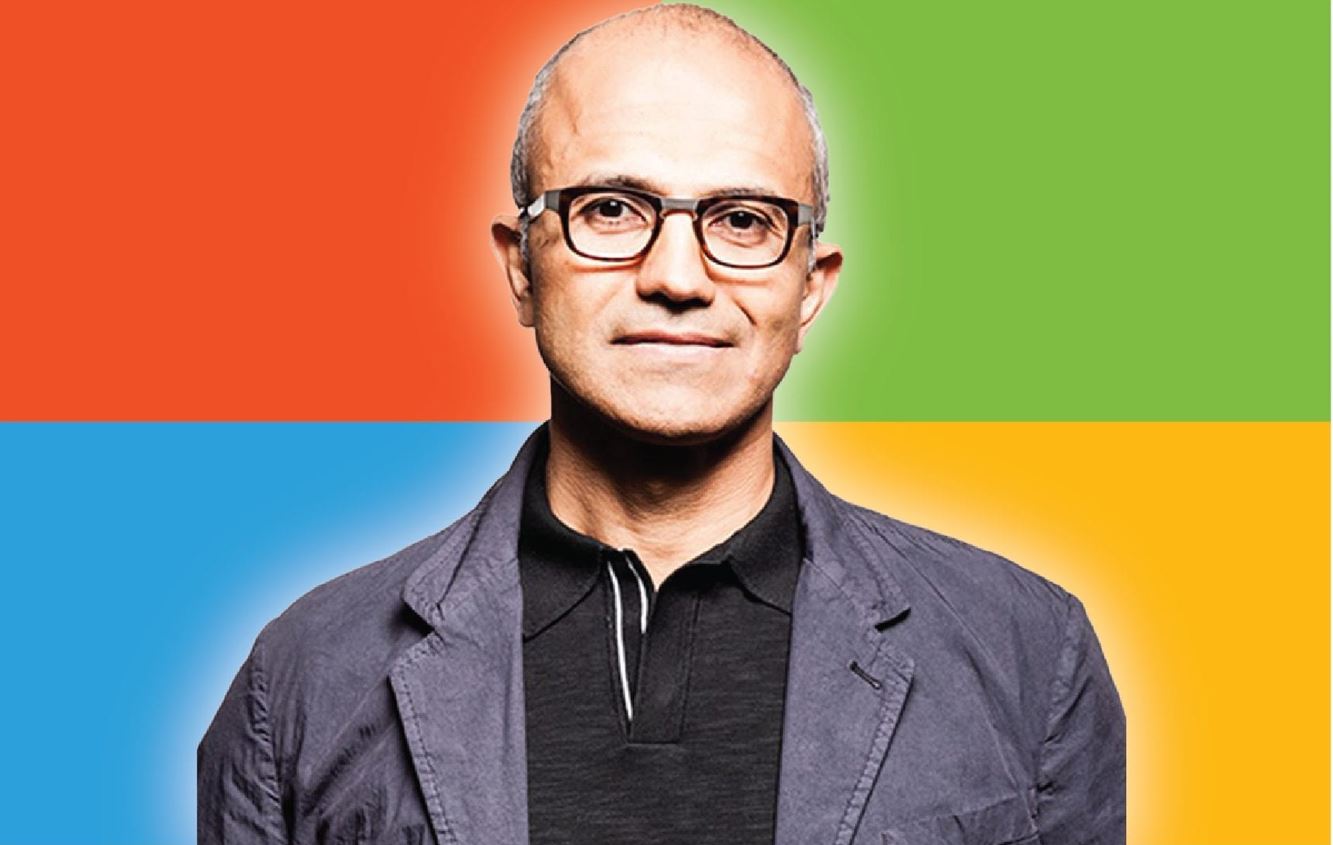 Microsoft CEO Satya Nadella[/caption]
Microsoft CEO Satya Nadella[/caption]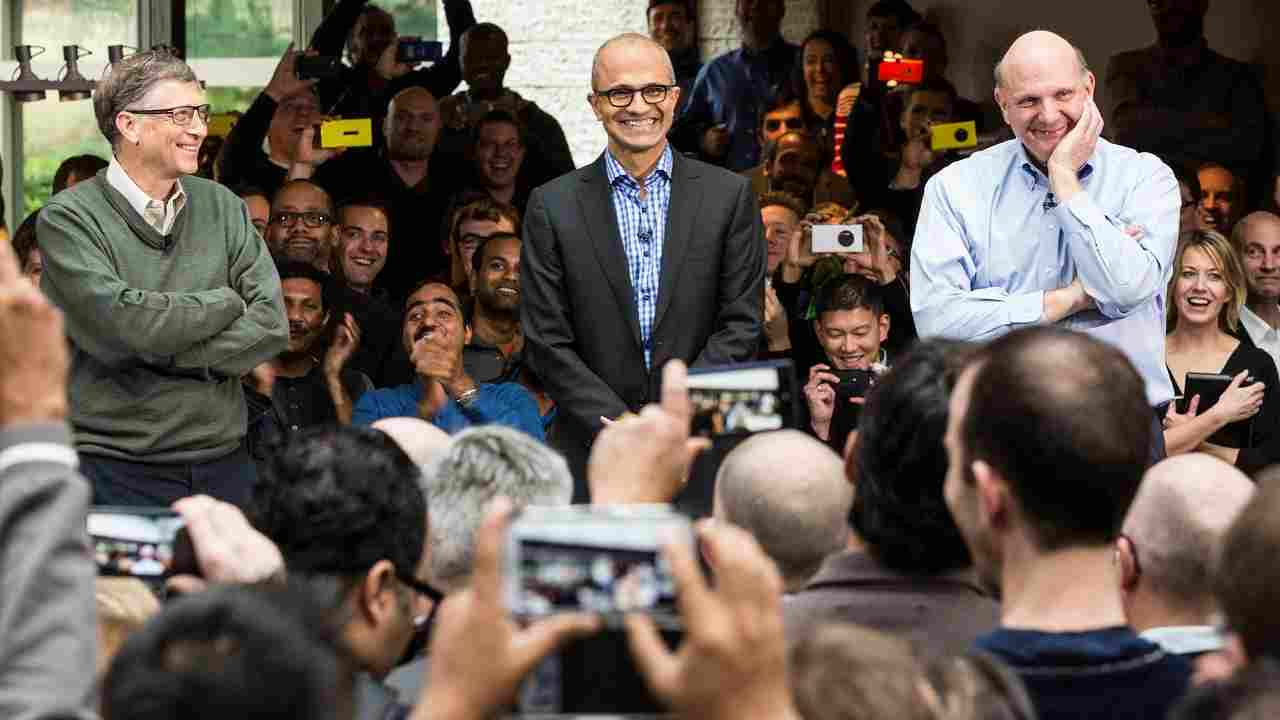 Microsoft past and current CEOs: Bill Gates, Satya Nadella, Steve Ballmer on Nadella’s first day as CEO[/caption]
Microsoft past and current CEOs: Bill Gates, Satya Nadella, Steve Ballmer on Nadella’s first day as CEO[/caption]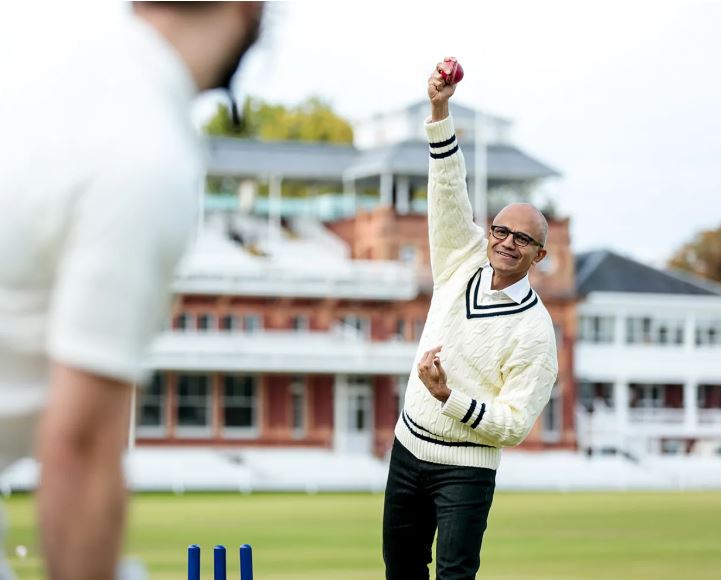 Satya Nadella enjoying the game of cricket[/caption]
Satya Nadella enjoying the game of cricket[/caption]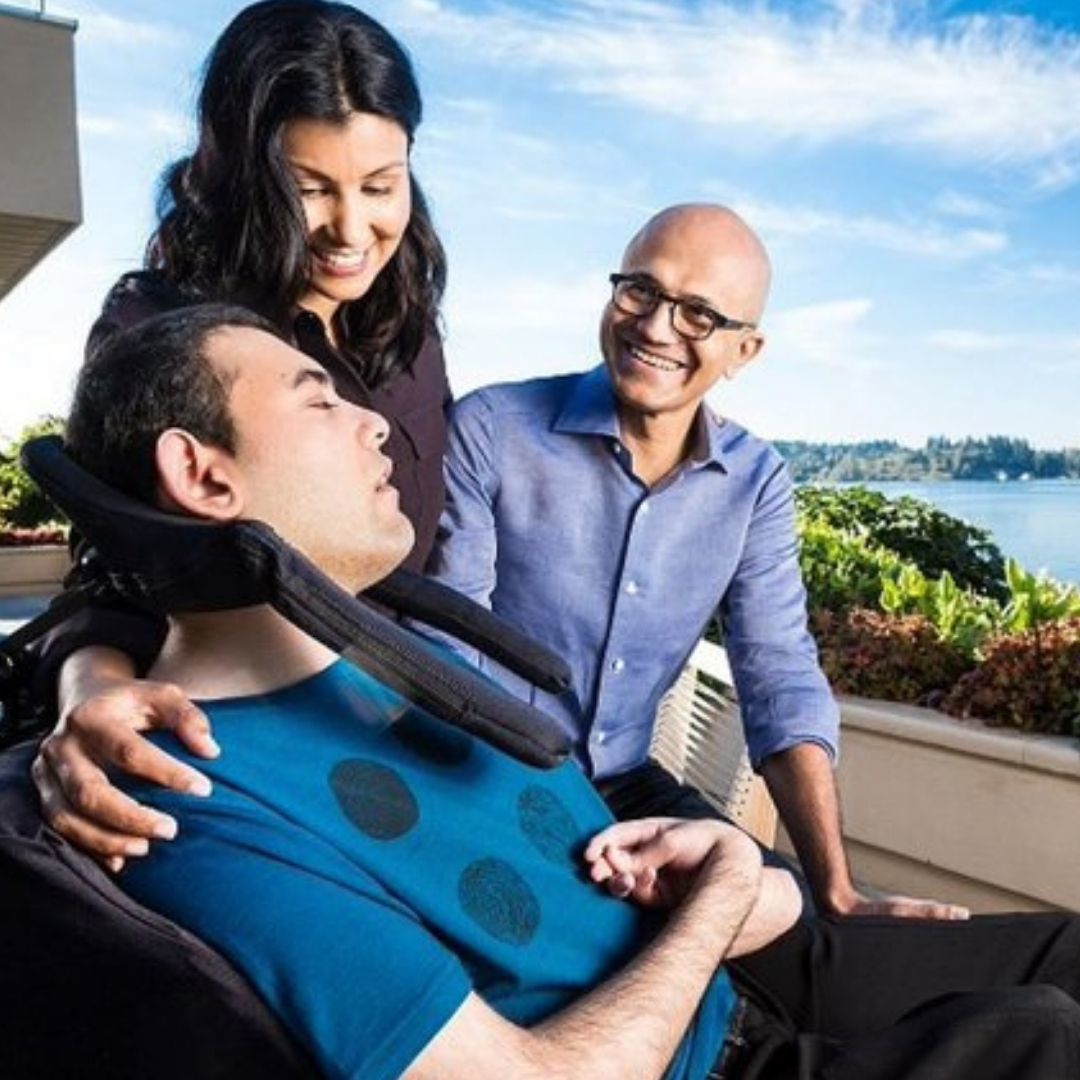 Satya Nadella with his wife, Anu and son, late Zain Nadella[/caption]
Satya Nadella with his wife, Anu and son, late Zain Nadella[/caption]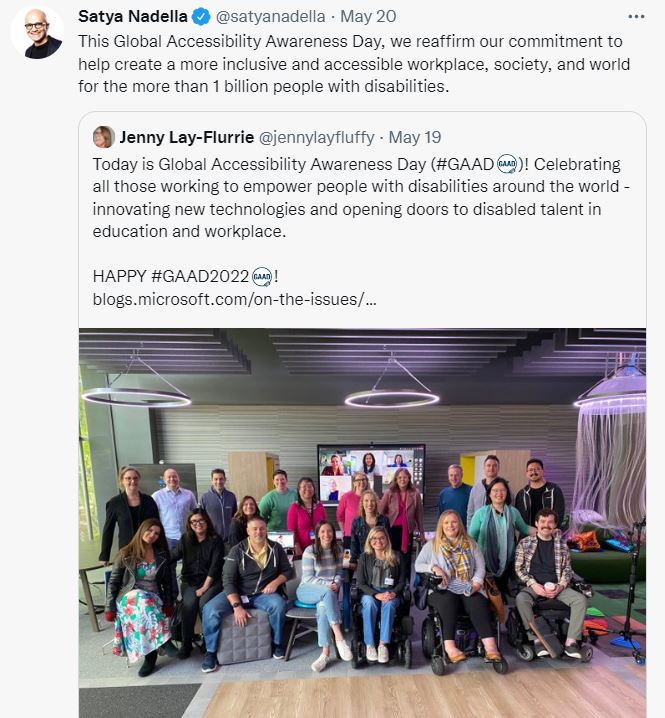

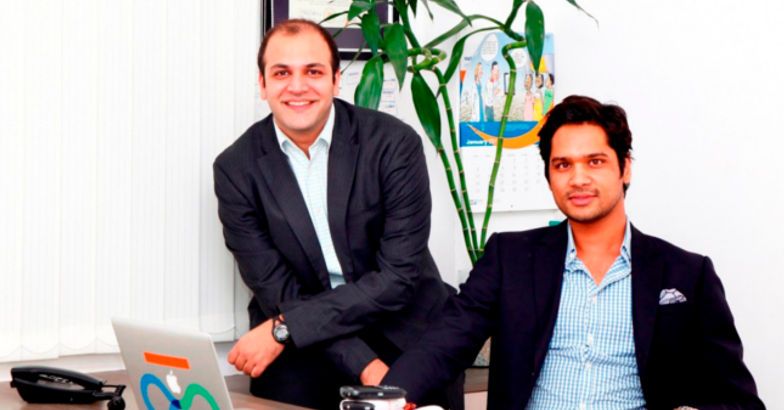 Aamir Jariwala and Akshat Ghiya co-founded the startup Karma Recycling[/caption]
Aamir Jariwala and Akshat Ghiya co-founded the startup Karma Recycling[/caption]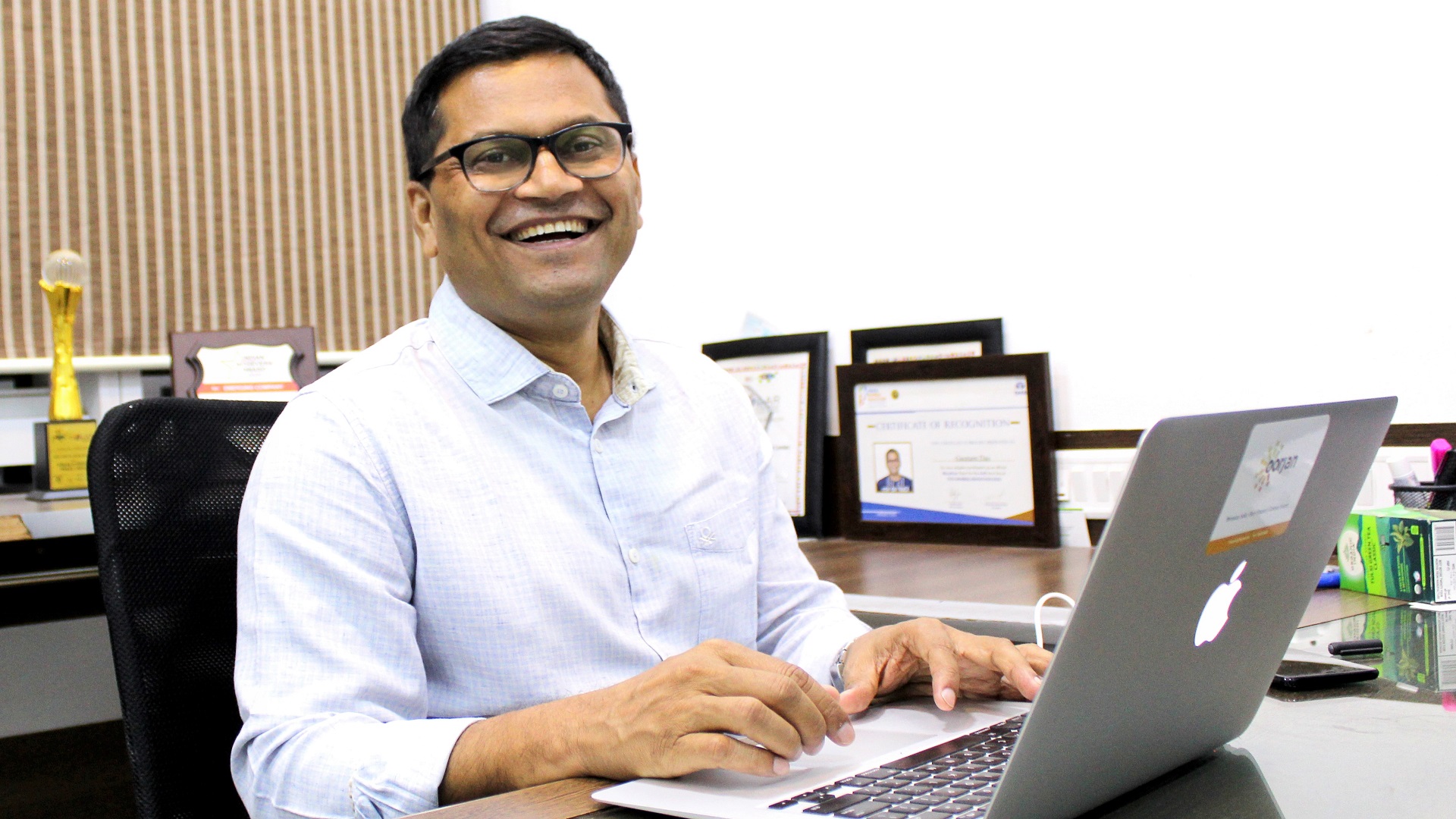 Gautam Das is one of the founders of Oorjan[/caption]
Gautam Das is one of the founders of Oorjan[/caption]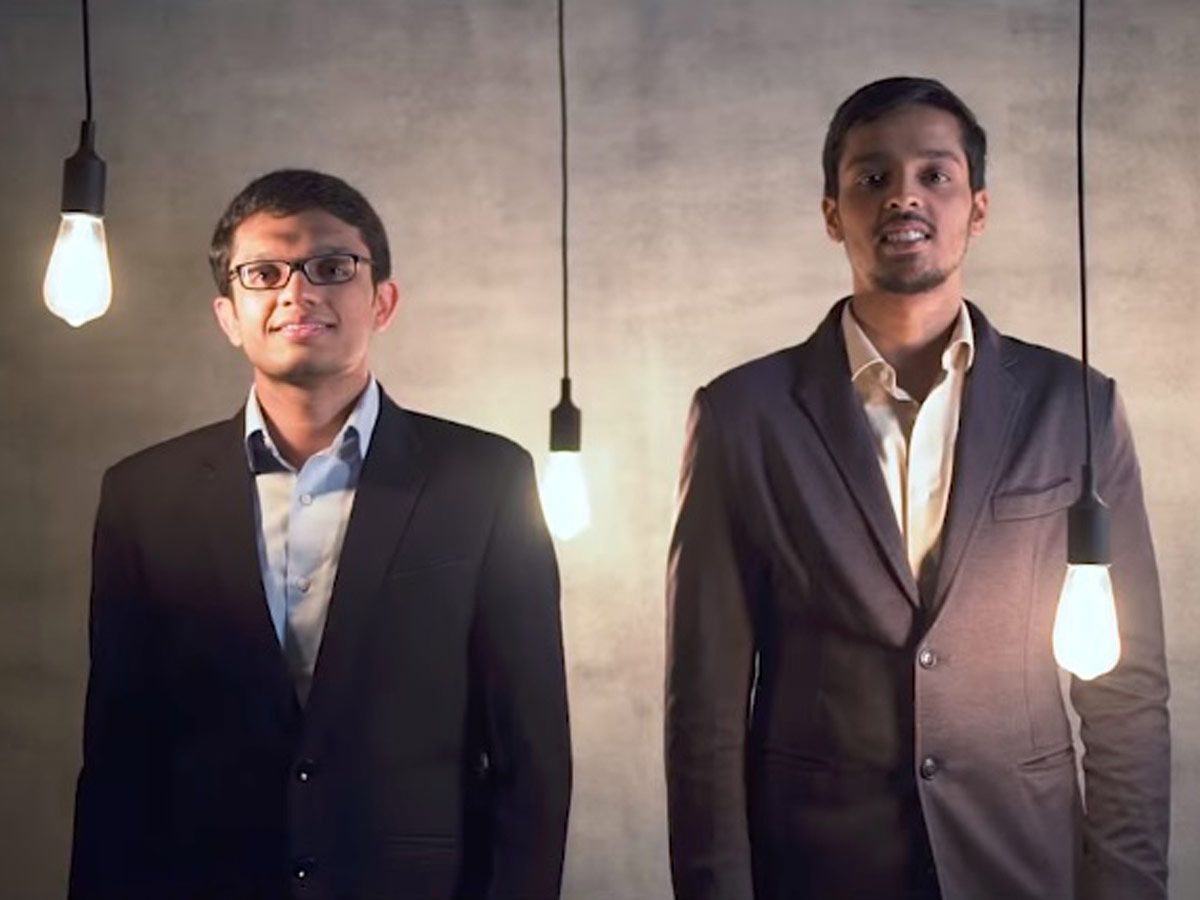 Akshay Singhal and Kartik Hajela are the co-founders of Log 9[/caption]
Akshay Singhal and Kartik Hajela are the co-founders of Log 9[/caption]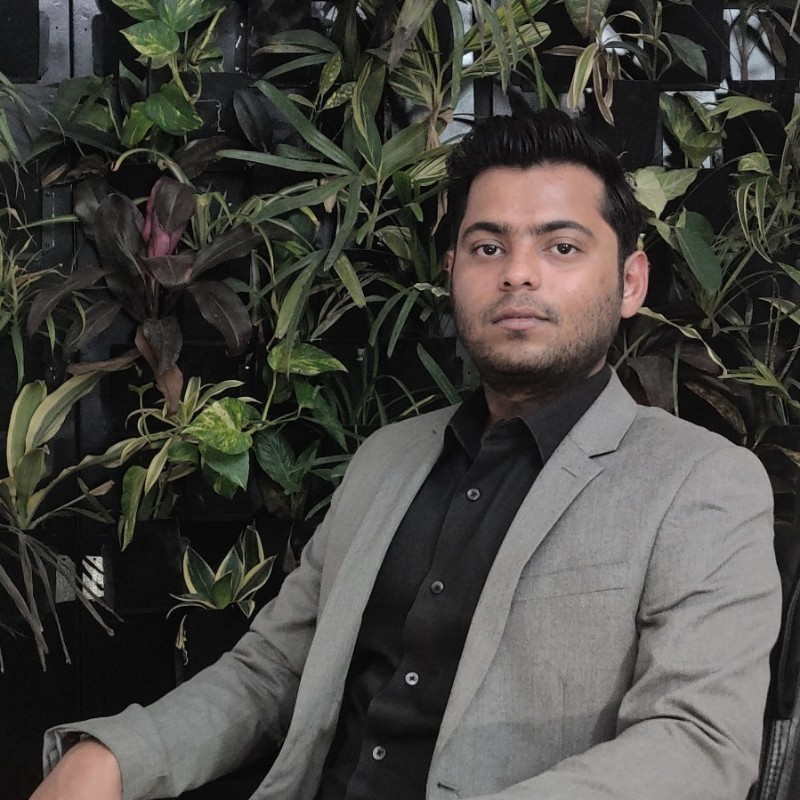 Abhishek Gupta launched OxyGarden in 2019[/caption]
Abhishek Gupta launched OxyGarden in 2019[/caption]
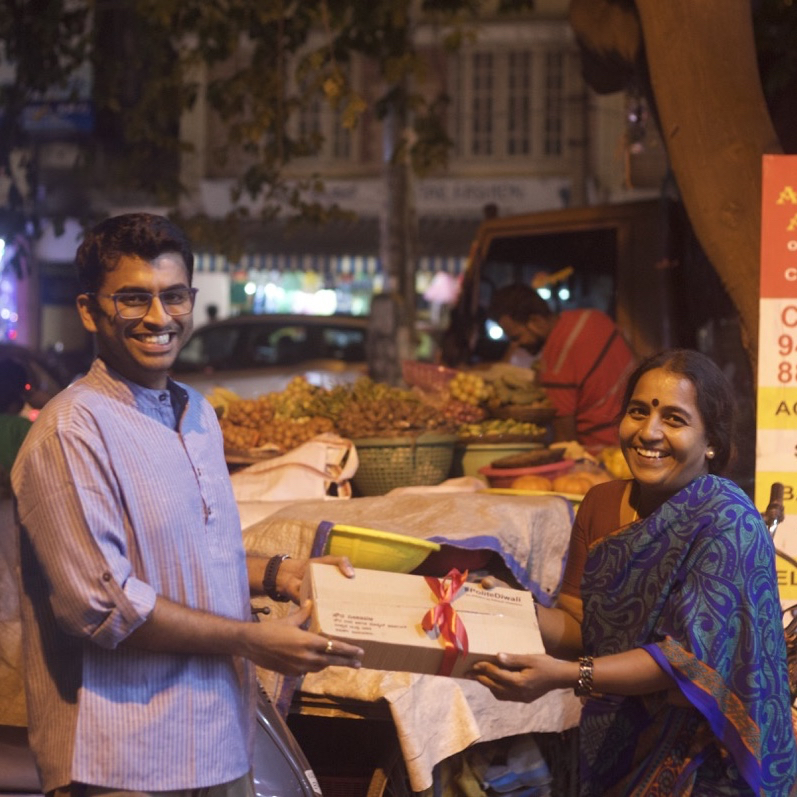
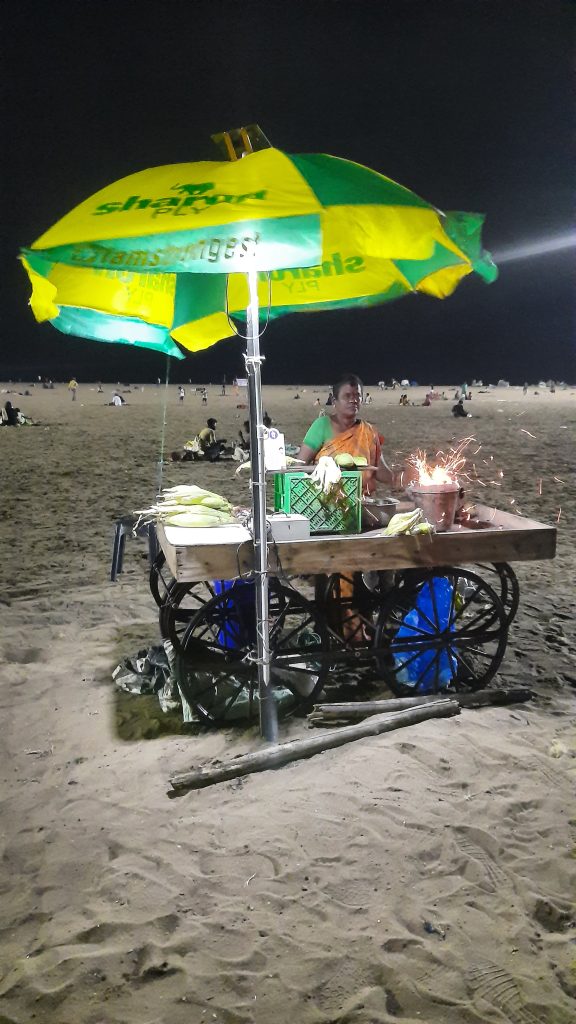
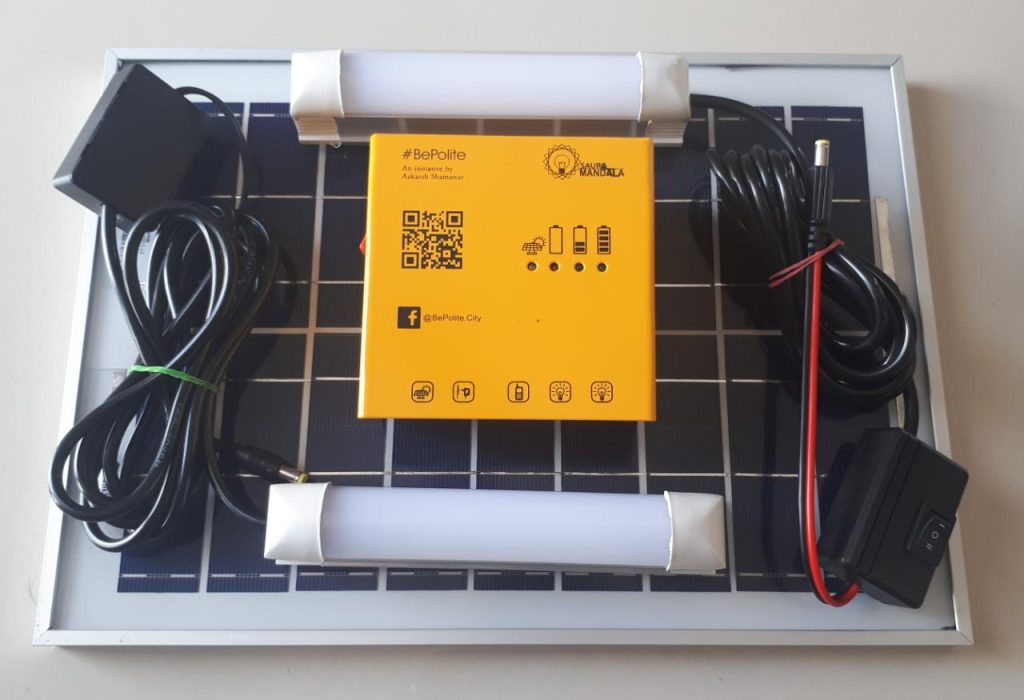
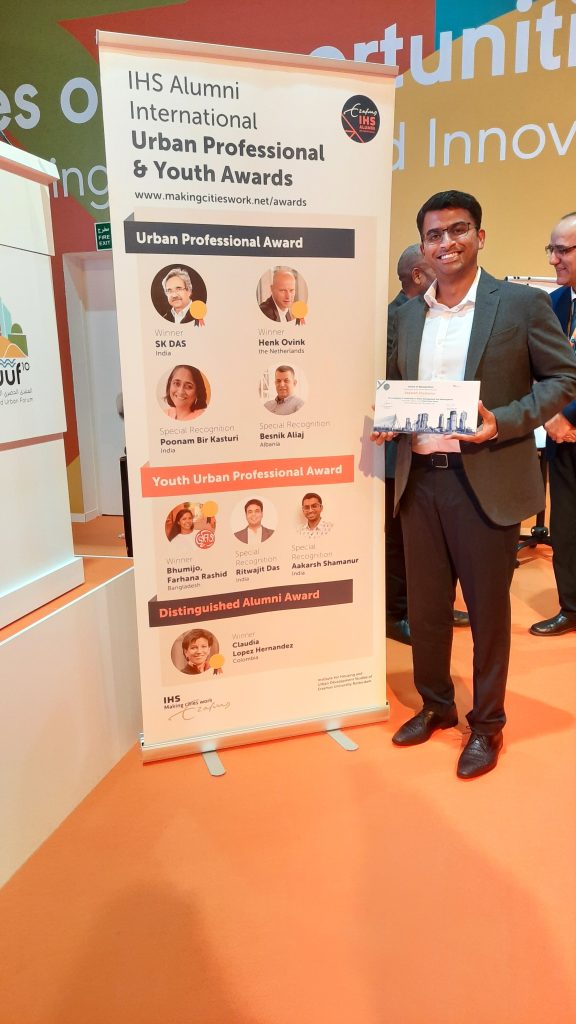
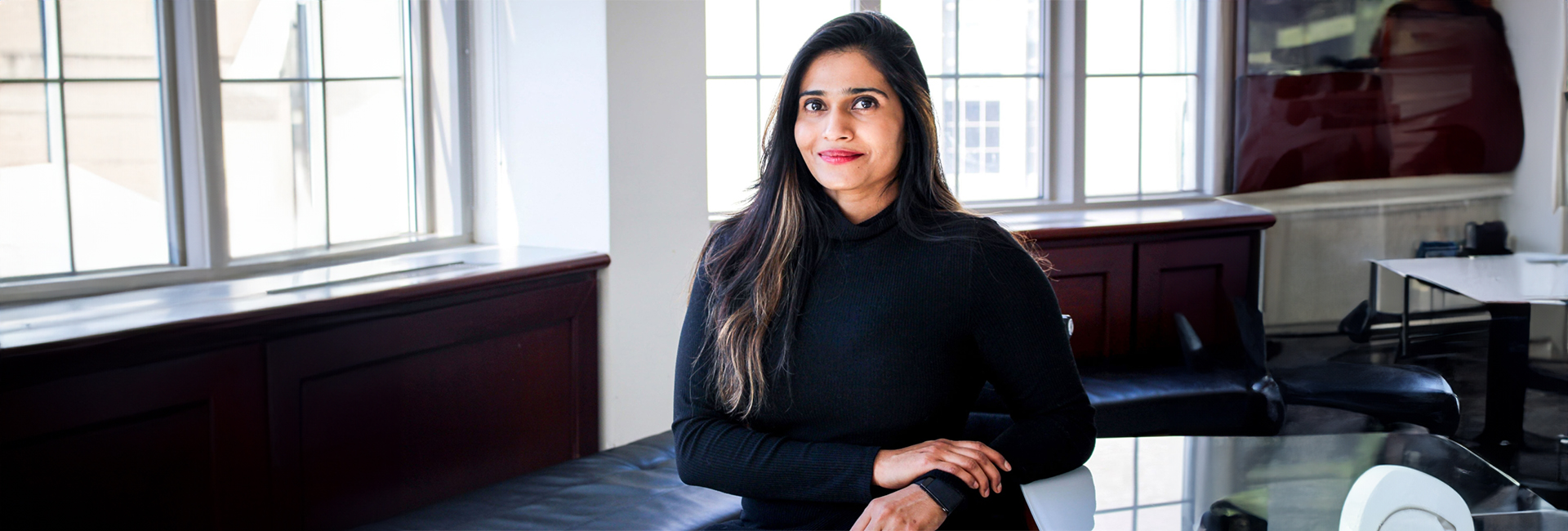
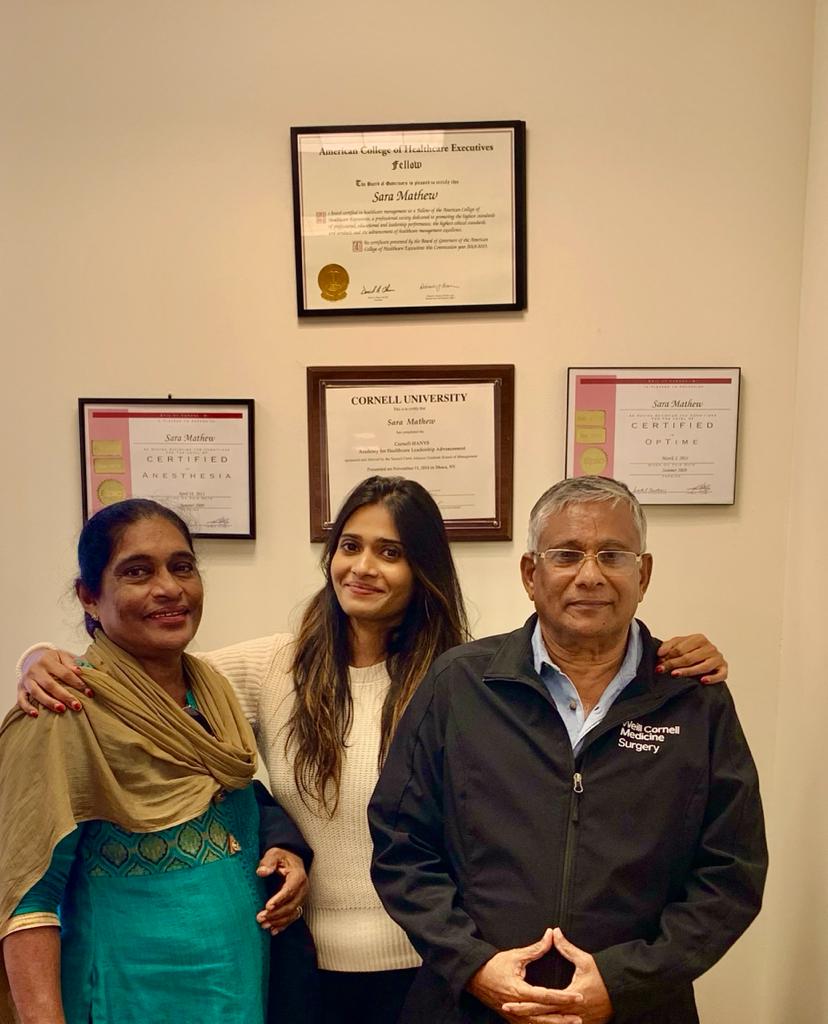 Sara Mathew with her parents[/caption]
Sara Mathew with her parents[/caption]